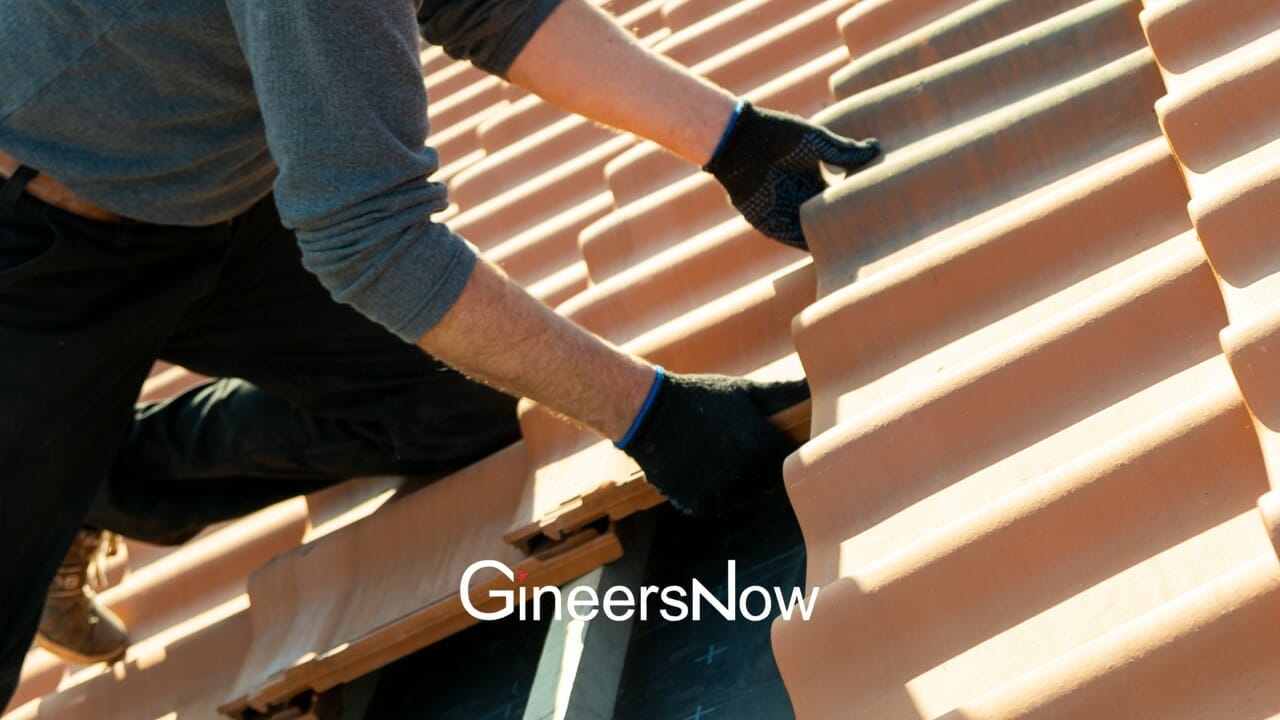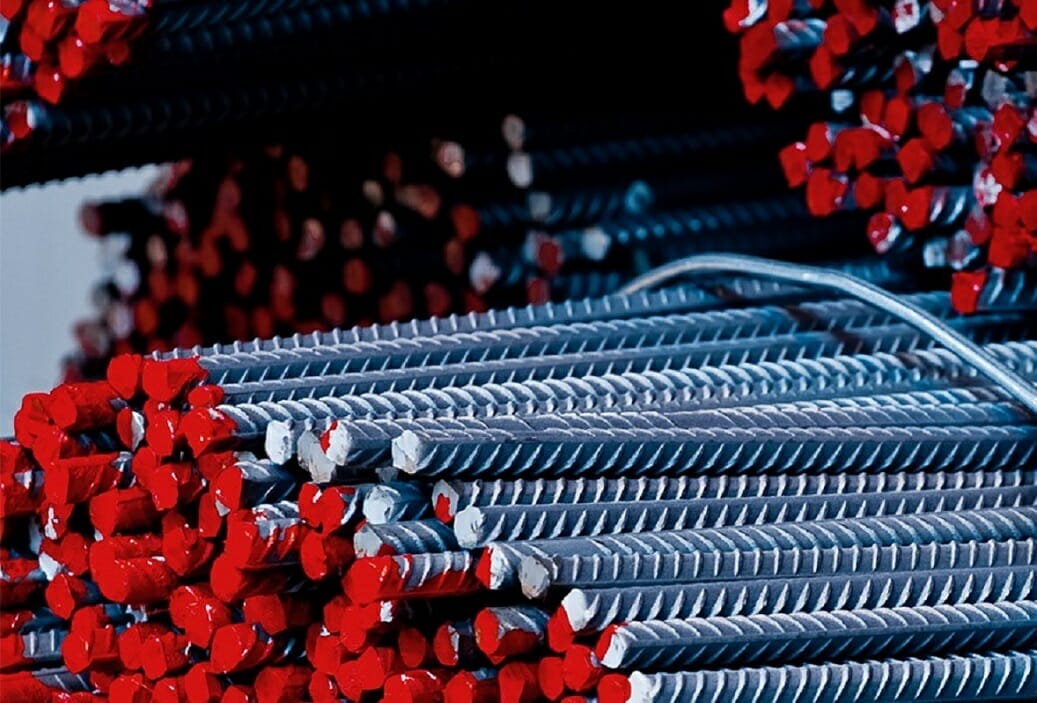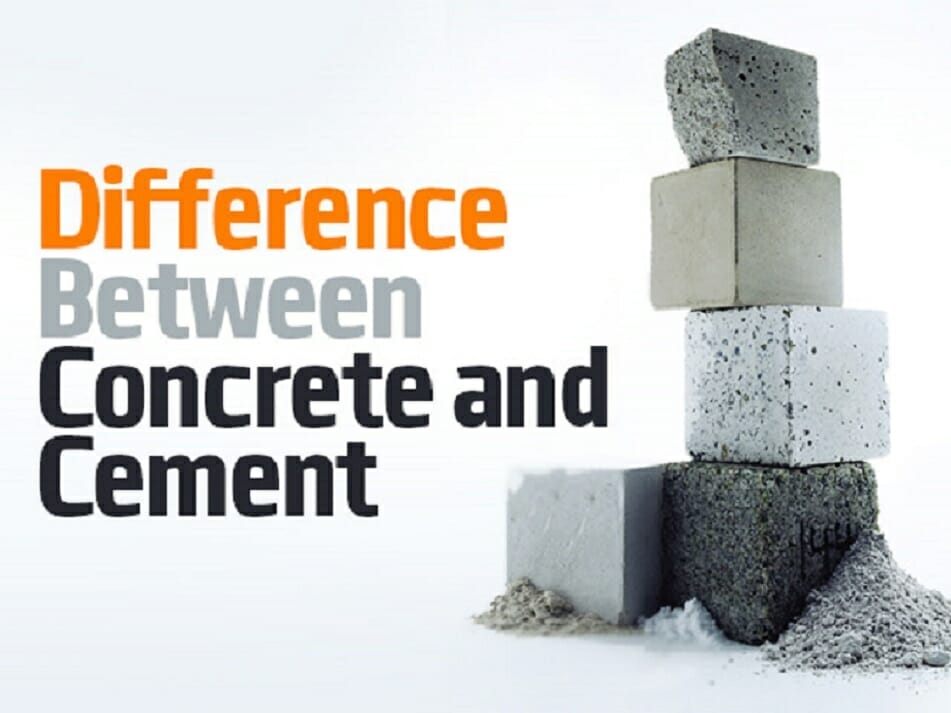The concrete being produced today has 2-D steel fibers that are randomly spread throughout the mix, allowing only little effectiveness at holding together the material at the event of an explosion.
Now researchers from Northumbria University in Newcastle, England have experimented with the current composition of concrete to add another dimension.
They have found that by using 3-D fiber reinforcement rather than the traditional 2-D, concrete has increased toughness, strength, and effectiveness during shock waves. This means that the new material could significantly lower the number of deaths during bomb blasts, earthquakes, and other disasters.
Dr. Alan Richardson, an Associate Professor of Civil Engineering at Northumbria University and Chairman of the Northern Region of the Concrete Society, led the research. He collaborated with two other researchers from India and Canada.

Photo by Northumbria University
He said, “We have been researching the use of 3-D steel fibres – about the same size as the 2-D variety but shaped in a loop and then angled at 90 degrees.
“When added to concrete we have found they increase the energy absorption of the material, making them far more effective at holding the aggregate together, resulting in a much tougher product.
“This has huge potential for a wide variety of applications. What we hope to do now is work with industry to develop this further,” he added.
Professor Urmil Dave from Ahmedabad University, in Gujarat, India is in-charge of the production of 3-D steel fibers in his home country, with Professor Rishi Gupta of the University of Victoria, in British Colombia, Canada helping in the study.
Although the 3-D steel fibers are produced in India, mixing and testing is done at Northumbria using the university’s STEM facilities which include a loading frame to test the beams.
The tests showed that the 3D fiber reinforcement allowed the concrete to be 78% more effective at holding together under shock waves. It also has far less fragmentation, which means that such concrete, when under a bomb blast, would eject less material.

Photo by Northumbria University
With its superior toughness and strength over traditional concrete, the improved construction material is ideal for structures such as sea defences, motorway barriers, bridges and buildings located within earthquake zones.
This also paves way for flexibility in engineering and architectural designs, as sizes of concrete members in structures would already differ – columns and beams would be smaller.
Now, the researchers seek for partnerships in the industry.
“Between the three universities we have the perfect mix of experience, technology and enthusiasm to make this product a reality. What we now need is a partner in industry to help take this research to the next stage,” Dr. Richardson said.
This is not the first time that Dr. Richardson had developed a concrete technology. In 2012, while in the same university he is now, he led the research of ‘self-healing concrete’ which uses bacteria to seal cracks.
Source: Northumbria University




















